State to fill 35,000 vacancies in power sector
Karnataka to fill 35000 power corporation vacancies and resists privatisation move says CM Siddaramaiah and DCM DK Shivakumar
Salar News
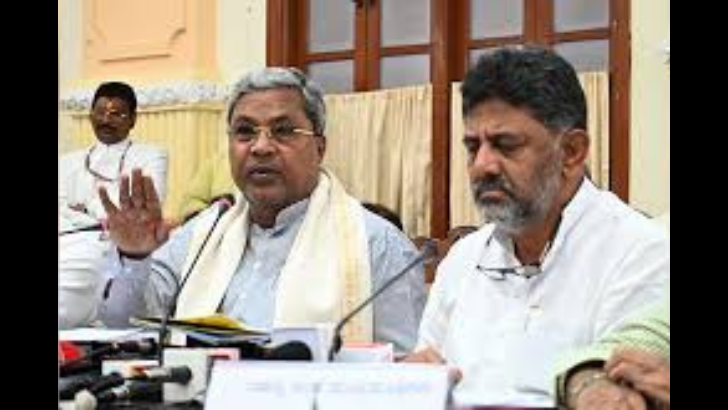
Bengaluru, 18 June
Chief Minister Siddaramaiah on Wednesday announced that his government will begin phased recruitment to fill 35,000 vacant posts in the Karnataka Power Transmission Corporation Ltd (KPTCL) and declared the regularisation of services of 532 civic workers in the department.
Speaking at the Platinum Jubilee celebrations of the Karnataka Power Transmission Corporation Employees’ Association, the CM said the State government is committed to fulfilling its promises to the workforce.
Siddaramaiah lauded the power corporation employees for their service and underscored State’s legacy in the electricity sector. “Karnataka was the first in Asia to produce electricity in 1902, launched its first supply company in Bengaluru in 1905, and supplied power to the Mysore Palace by 1908,” he said.
He noted that the State now generates 34,000 megawatts, with plans to scale it to 60,000 megawatts, a move aimed at ensuring at least seven hours of daytime power supply to farmers.
Deputy Chief Minister DK Shivakumar, who also spoke at the event, asserted that the Congress will not permit the privatisation of Electricity Supply Companies (ESCOMs) as long as it remains in power.
He claimed that there was significant pressure from the Centre during his earlier tenure as the Energy Minister, especially after the BJP government privatised ESCOMs in Mumbai, Delhi, and other cities. However, he said he resisted the pressure and stood by the efficiency of the corporation’s workforce.
“When I took over, the Transmission and Distribution (T&D) loss stood at 19–20 per cent. We brought it down to 10 per cent, which is now a benchmark in the country,” Shivakumar said, noting that most states report losses of 17–18 per cent.
Leave a Reply
Your email address will not be published. Required fields are marked *









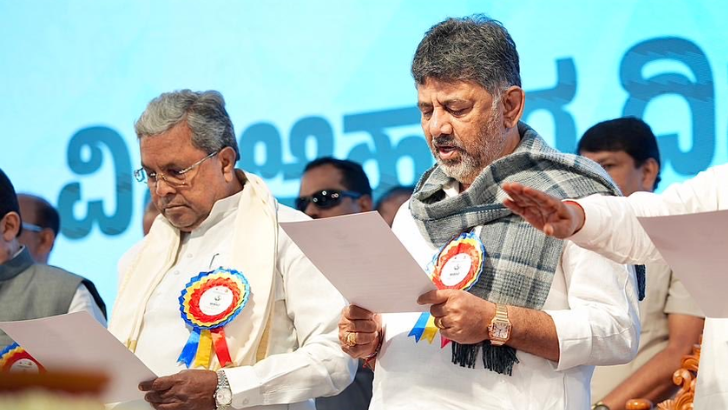
.png)
.png)
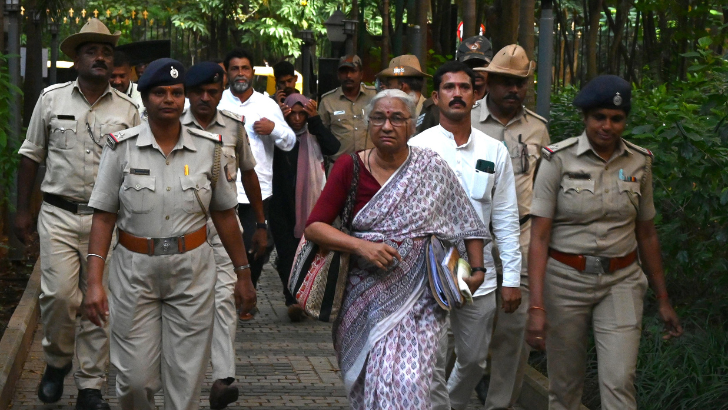
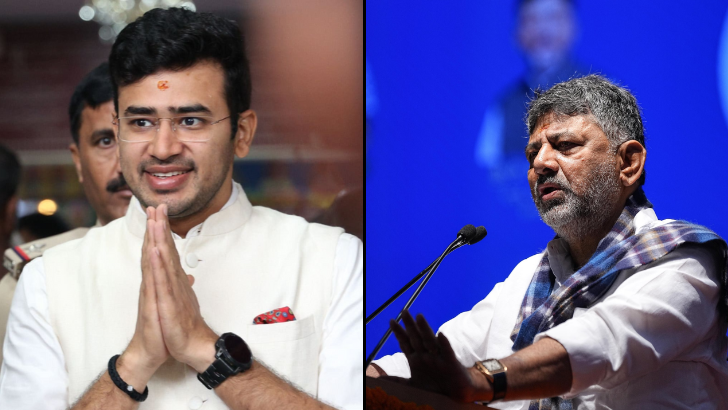
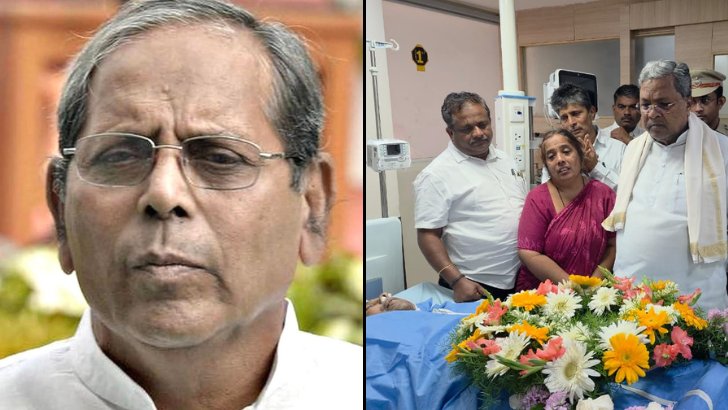
.png)
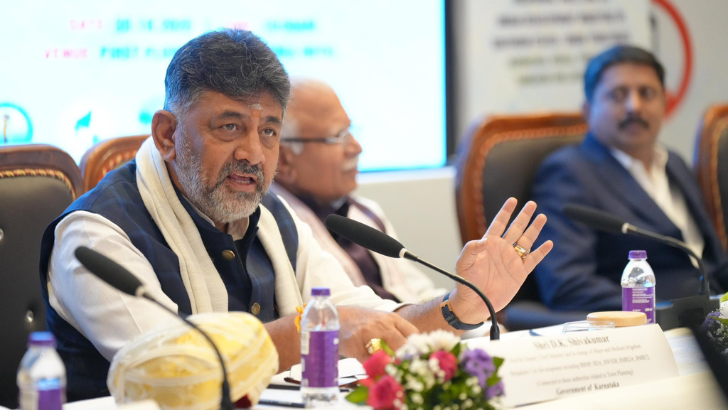
.png)
